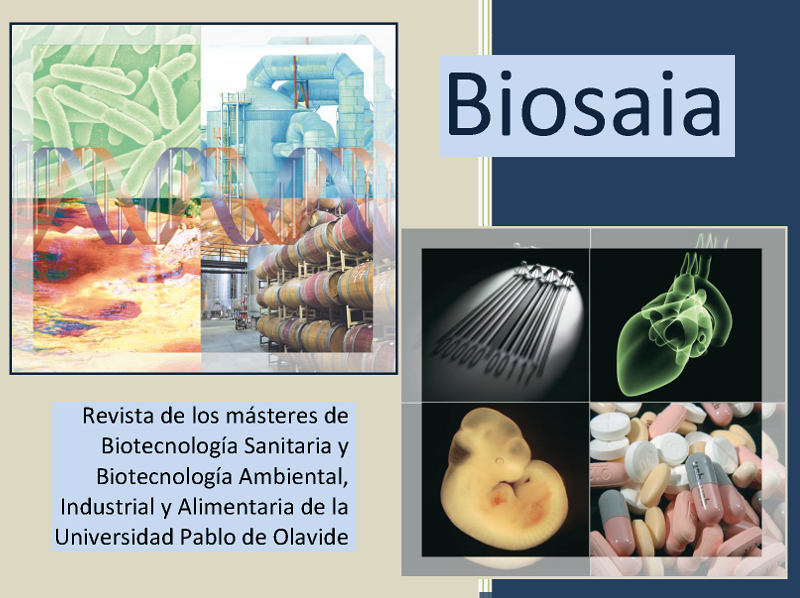Scaling and variability of embryoid symmetry breaking
Palabras clave:
embryoid; modeling; axis-formationResumen
Motivation: The formation of the main embryonic axis in mouse is thought to be controlled by extra-embryonic signals. Recent studies however, have shown that three-dimensional aggregates of mouse embryonic stem cells – embryoids – can spontaneously break their initial symmetry to establish an axis in the absence of extra-embryonic signals. This process is characterized by a moving front of mesendodermal fates marked by a region of high Nodal and Wnt signaling. Theoretical analysis suggests that this propagating front is established by a self-organizing bistable reaction-diffusion system. However, it is still unclear how a self-organizing system can robustly generate an embryonic axis independently of size and temporal variability.
Methods: To address this question, we are using a multi-disciplinary approach that complements experiments with modeling to understand and predict the dynamics of axis self-organization. On the theoretical side, we use mathematical analysis and simulations to identify parameters that control axis-formation scalability. In addition, we are exploring how external signals can control axis self-organization and reduce its variability. On the experimental side, we perform high-throughput live imaging of embryoids to monitor axis formation in normal situations and upon perturbations.
Results: Our model predicts that activating external signals can promote the emergence of a propagating mesendodermal front with an intrinsic temporal variability. In normal conditions, the front expands across the whole embryoid. In contrast, when inhibitory signals are added, the propagation of the mesendodermal front can be stopped. Crucially, the model predicts that the time between activation and inhibition determines the final extension of the axis. To test this prediction, we are imaging embryoids generated with a reporter cell line of Brachyury, one of the earliest markers of axis formation. In agreement with the model, our data shows that the axis emerges with an intrinsic variability of ten hours and propagates over the whole embryoid. Upon application of a small-molecule inhibitor of Nodal, the propagation of the axis is stopped at different positions depending on the time of axis formation.
Conclusions: To reduce this variability, we are devising an automated image analysis approach to apply the pharmacological inhibitor of Nodal depending on the time of axis formation. This project will demonstrate how external signals and self-organization are coupled together to achieve robust axis-formation during embryonic development.
Descargas
Citas
[2] van den Brink, S.C., et al., Symmetry breaking, germ layer specification and axial organisation in aggregates of mouse embryonic stem cells. Development, 2014. 141(22): p. 4231.





